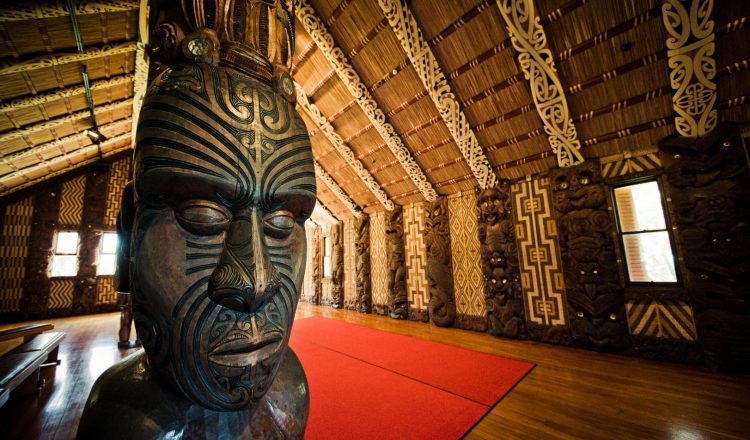毛利国王运动
第一批抵达新西兰海岸的人是毛利人的祖先,在公元 1200 至 1300 点之间。这些熟练的海员利用风、恒星和海流从波利尼西亚航行,并开始在岛上扩散影响力。毛利人将自己分成群体,用他们的语言称为 iwi。Iwi 可以翻译成一个或一个民族,而这些 iwi 通常很大,在他们中有许多被称为 hapu 的子部落。hapu 是毛利社会结构中的主要单位,通常约有 500 人,由许多大家庭组成。每个 hapu 都独立于 iwi 内的另一个 hapu,通常会将其定居点分成家庭。
截至最近的人口普查,新西兰最大的 iwi 是:
- Ngapuhi (125,601)
- Ngati Porou (71,049)
- 倪塔胡 (54,819)
- 怀卡托 (40,083)
毛利国王
毛利社会等级的顶层是首席。每个部落都有一位首领,负责倾听人民的关切,并在困难时期团结他们。尽管在土地上定居,但部落没有土地所有权的概念。这块土地只能通过征服获得,如果他们积极使用它,才真正属于 iwi。在许多欧洲定居者到来之后,这成为一个主要问题,他们渴望购买自己的土地并建立城镇和社区。
毛利人对欧洲土地掠夺的反应喜忧参半,有些 iwi 出售了自己的领土,而另一些则反对入侵。随着英国吞并新西兰和军事干预威胁,毛利族酋长有责任采取行动,努力保护自己的家园。他们意识到他们无法反对欧洲的进步,因为分裂的 iwi;相反,毛利族酋长们研究了他们认为反对派的力量;一个强大的君主制度。
1858 年,毛利人选择怀卡托 iwi 的首领作为他们的国王;波塔图瓦·特·沃罗。但是,他在统治早期就死了,他的儿子 Tawhiao 继承了头衔和与英国人的斗争。英国领导政府对毛利人的统一感到不满和担忧,于 1863 年入侵怀卡托土地,并开始怀卡托战争,最终将把更多土地交给英国人。
在接下来的 100 年中,一连串的毛利国王将试图在政治战场上夺回失去的土地,与伦敦和英国王室保持密切联系。直到 1975 年,第一位毛利女王 Te Atairangikaahu 女王与政府达成和解,这是朝着我们今天看到的毛利文化进步方针迈出的一大步。她是任职时间最长的毛利族君主,领导人民长达 40 年,直到 2006 年她的儿子 Tuheitia 继承了她。毛利国王继续为统一的毛利人提供文化人物头目,并发挥着重要的仪式作用。

















































